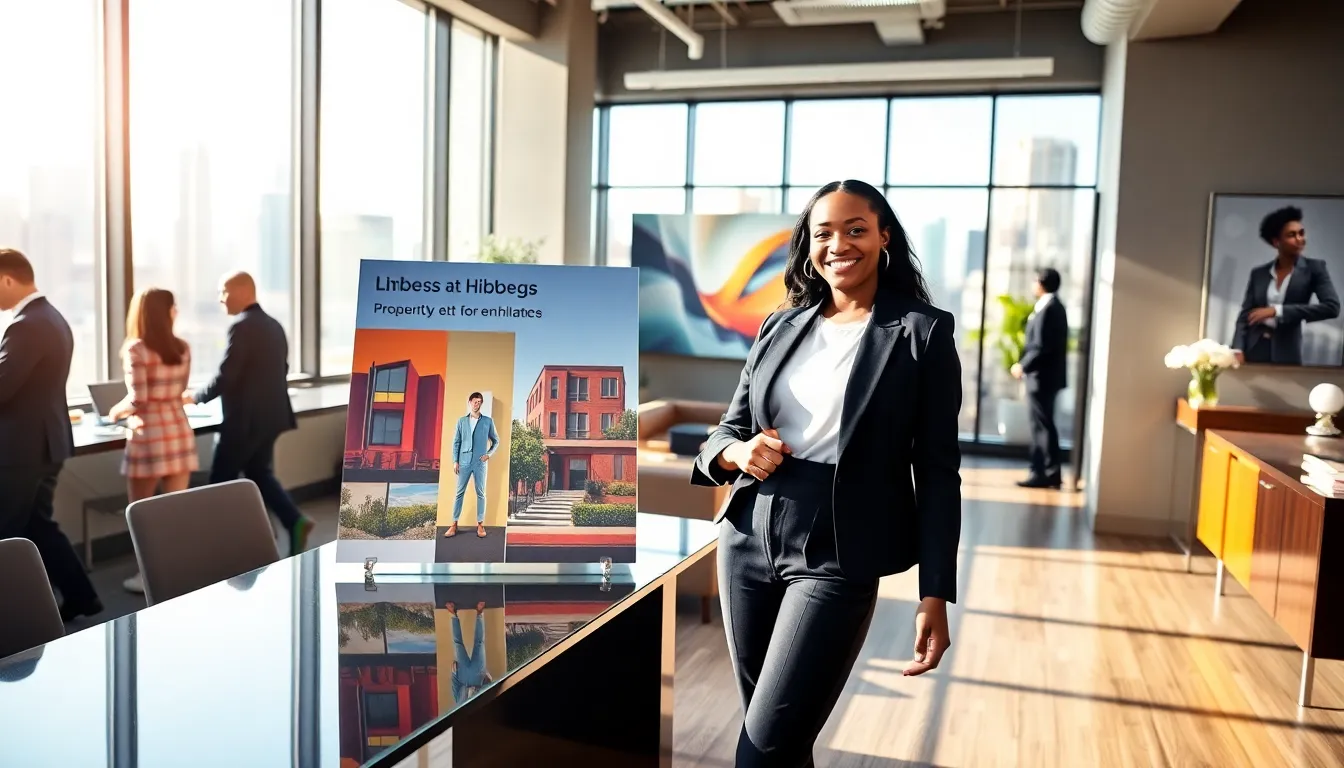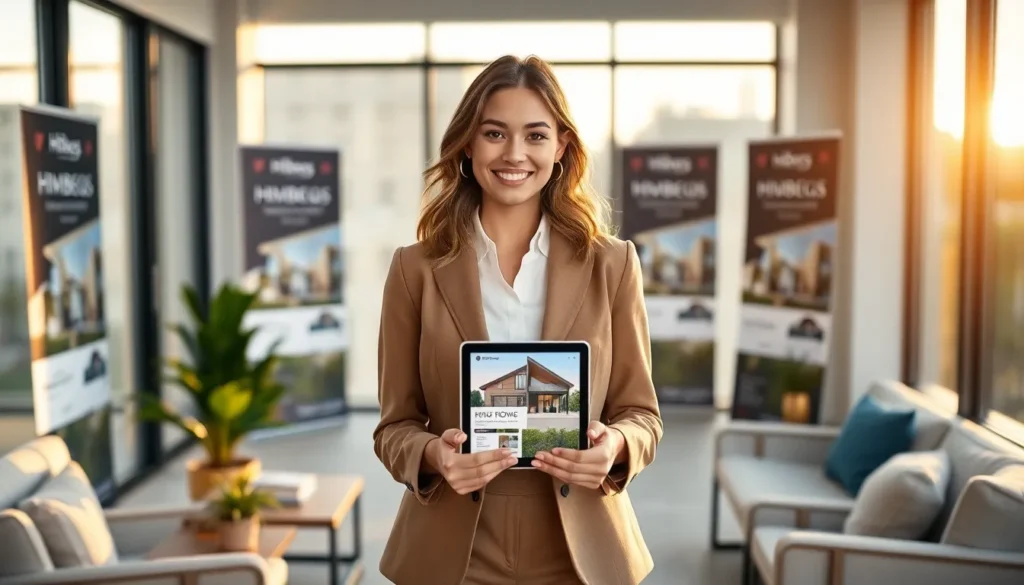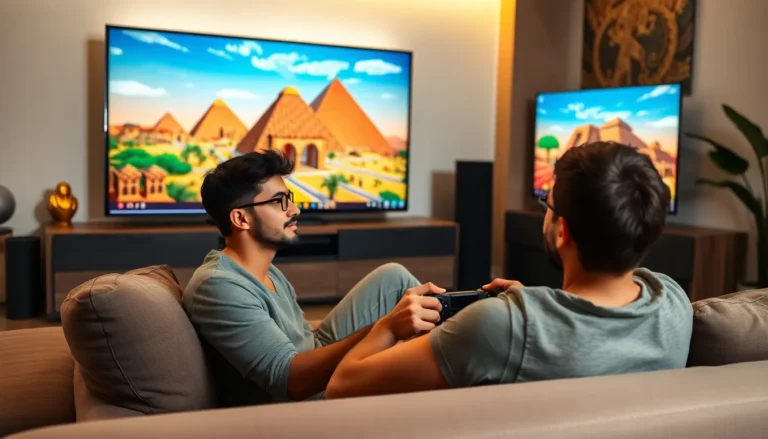In the dynamic world of real estate, the intersection of fashion and branding is becoming increasingly significant. Hibbegs Homerocketrealty represents a novel approach to this blend, setting trends that resonate deeply in contemporary real estate marketing. This article explores the vital role of Hibbegs in real estate fashion, its evolution, current trends, strategic implementation, successful case studies, and a glance at future developments.
Table of Contents
ToggleUnderstanding Hibbegs and Its Role in Real Estate Fashion

Hibbegs are more than just a fashion statement: they offer a unique perspective on how real estate can engage clients and stand out in a saturated market. This brand encapsulates the marriage of aesthetics and functionality in real estate promotions. By marrying visual appeal with property characteristics, Hibbegs demonstrates how fashion can elevate a brand’s image and connect more deeply with potential clients.
Historically, the real estate sector has relied on traditional marketing techniques, often neglecting the artistic and trendy angles. Hibbegs injects a fresh vibe into real estate branding, utilizing striking designs and innovative presentations that intrigue prospective buyers. This approach not only enhances visual communication but also cultivates a more personable brand identity.
The Evolution of Fashion in Real Estate Branding
The concept of fashion in real estate is not entirely new, but its significance has surged in recent years. Initially, real estate branding primarily focused on property listings, with little emphasis on the aesthetic appeal of marketing materials. But, as competition intensified and consumer expectations evolved, real estate professionals began to realize the importance of an appealing brand image.
The emergence of social media platforms further propelled this trend, as agents started showcasing properties in visually engaging ways. Stylized photographs, branded apparel, and creative marketing collateral became key components of successful real estate strategy. The integration of Hibbegs into this model exemplifies how fashion can effectively communicate brand values and establish a connection with clients.
Key Trends in Hibbegs Fashion
Several key trends have emerged in Hibbegs fashion, reshaping how real estate agents portray their brands:
- Minimalism with a Twist: Simple yet elegant designs dominate, focusing on clean lines and subtle colors while incorporating unique elements that capture attention.
- Sustainability: As environmental awareness grows, brands within the Hibbegs realm are emphasizing eco-friendly materials and practices, appealing to the conscientious consumer.
- Personalization: Customized marketing materials that reflect individual styles or local elements resonate well with clients, fostering a deeper connection between the audience and the brand.
- Interactive Media: The use of augmented reality (AR) and virtual reality (VR) experiences as part of property presentations reflects the trend of immersive technology, blending fashion with innovative marketing strategies.
These trends underline that Hibbegs fashion is not just about visual appeal: it’s about creating meaningful interactions with potential buyers.
Incorporating Hibbegs Elements into Your Real Estate Strategy
Integrating Hibbegs fashion into a real estate strategy requires a strategic approach:
- Brand Definition: Clearly define your brand’s identity and values to guide the incorporation of Hibbegs elements. What does your brand stand for? How can you visually communicate that?
- Visual Consistency: Ensuring that all marketing materials reflect the same aesthetic and thematic principles associated with Hibbegs is crucial. This can include logos, color schemes, and typography.
- Storytelling Through Design: Use storytelling techniques within your marketing collateral to engage clients. Use visuals to narrate the lifestyle associated with your properties, invoking a sense of belonging and aspiration.
- Use Social Media: Platforms like Instagram and Pinterest are essential for showcasing the fashion aspect of real estate. Leverage high-quality images and videos to make your listings pop and engage with a broader audience.
- Collaboration with Creatives: Partner with fashion designers or branding experts who understand the nuances of both worlds. This collaboration can yield unique marketing strategies that distinguish your brand from competitors.
Case Studies: Successful Implementation of Hibbegs Fashion
There are notable examples of real estate firms successfully implementing Hibbegs fashion into their branding:
- Luxury Space Realty: This firm redefined its marketing strategy by adopting a minimalist aesthetic, focusing on high-quality visuals that highlight property details while engaging potential buyers with storytelling. Their campaigns integrated social media influencers who resonate with target demographics, enhancing brand visibility.
- EcoHome Realty: By focusing on sustainability, EcoHome seamlessly integrated eco-friendly design elements into both their properties and marketing materials. Their branding efforts emphasized both fashion and environmental responsibility, which attracted a niche audience invested in eco-conscious living.
- Urban Chic Estates: Incorporating urban fashion trends into their branding, this agency utilized street art and graffiti-style typography in their marketing. They appealed to a younger demographic looking for trendy living spaces, showcasing properties in vibrant, engaging ways.
These case studies exemplify how well-executed Hibbegs fashion can lead to increased brand loyalty and sales.
Future Outlook: The Next Phase of Hibbegs Homerocketrealty Fashion
As the real estate market continues to evolve, the future of Hibbegs Homerocketrealty fashion looks promising. Emerging technologies, such as artificial intelligence, will likely play a pivotal role in personalizing branding efforts further. Predictive analytics can tailor marketing strategies to individual buyer preferences, blending fashion aesthetics with data-driven insights.
Also, the increasing emphasis on community and relational selling suggests that real estate professionals will need to adapt their branding efforts to foster deeper connections. Experiential marketing, where potential buyers engage in immersive property showings, could redefine client-agent relationships.
Also, as remote work becomes more prevalent, the designs reflecting home office aesthetics could become a significant trend in Hibbegs fashion.
Conclusion
Hibbegs Homerocketrealty fashion is a transformative concept deeply influencing modern real estate branding strategies. By embracing aesthetic value and innovative marketing approaches, real estate professionals can set themselves apart in a crowded market. As trends continue to evolve, those willing to adapt and incorporate elements of Hibbegs fashion will likely find lasting success, establishing brands that resonate with clients on a deeper level.







